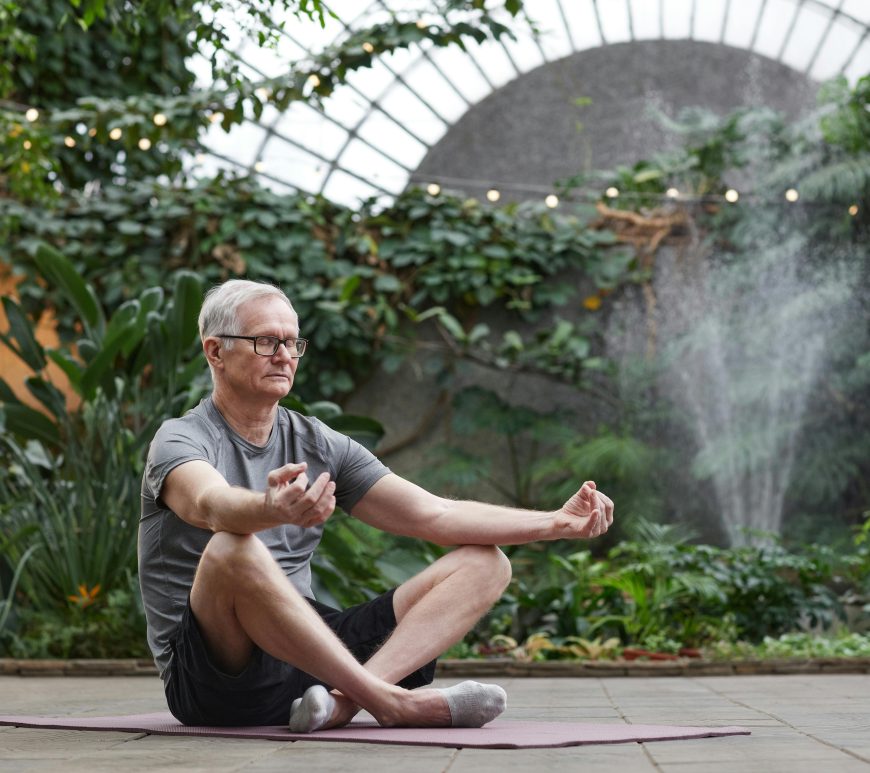
How effective are exercise programs in reducing fall anxiety among seniors?
In 2012, a study from Korea conducted by Oh. D. H, et. al., reveals that intensive exercise can significantly reduce the fear of falling among elderly individuals. Conducted by Dong Hyun Oh and colleagues, the research targeted older adults who had experienced falls within the past year—a demographic at high risk for repeated falls and associated medical complications. Falls among the elderly are a significant … Continue reading How effective are exercise programs in reducing fall anxiety among seniors?



